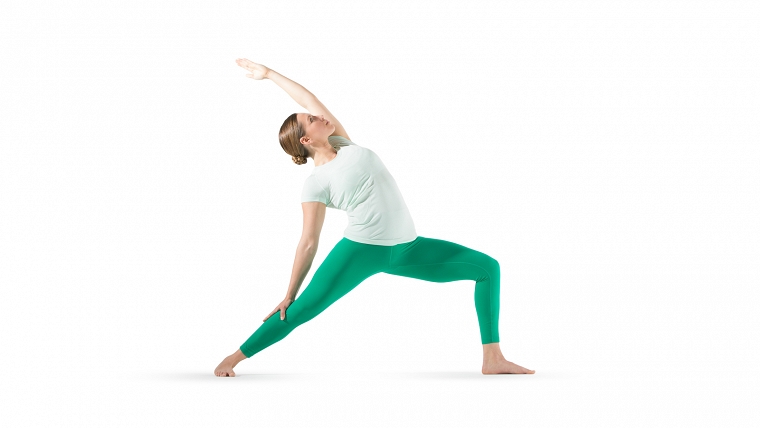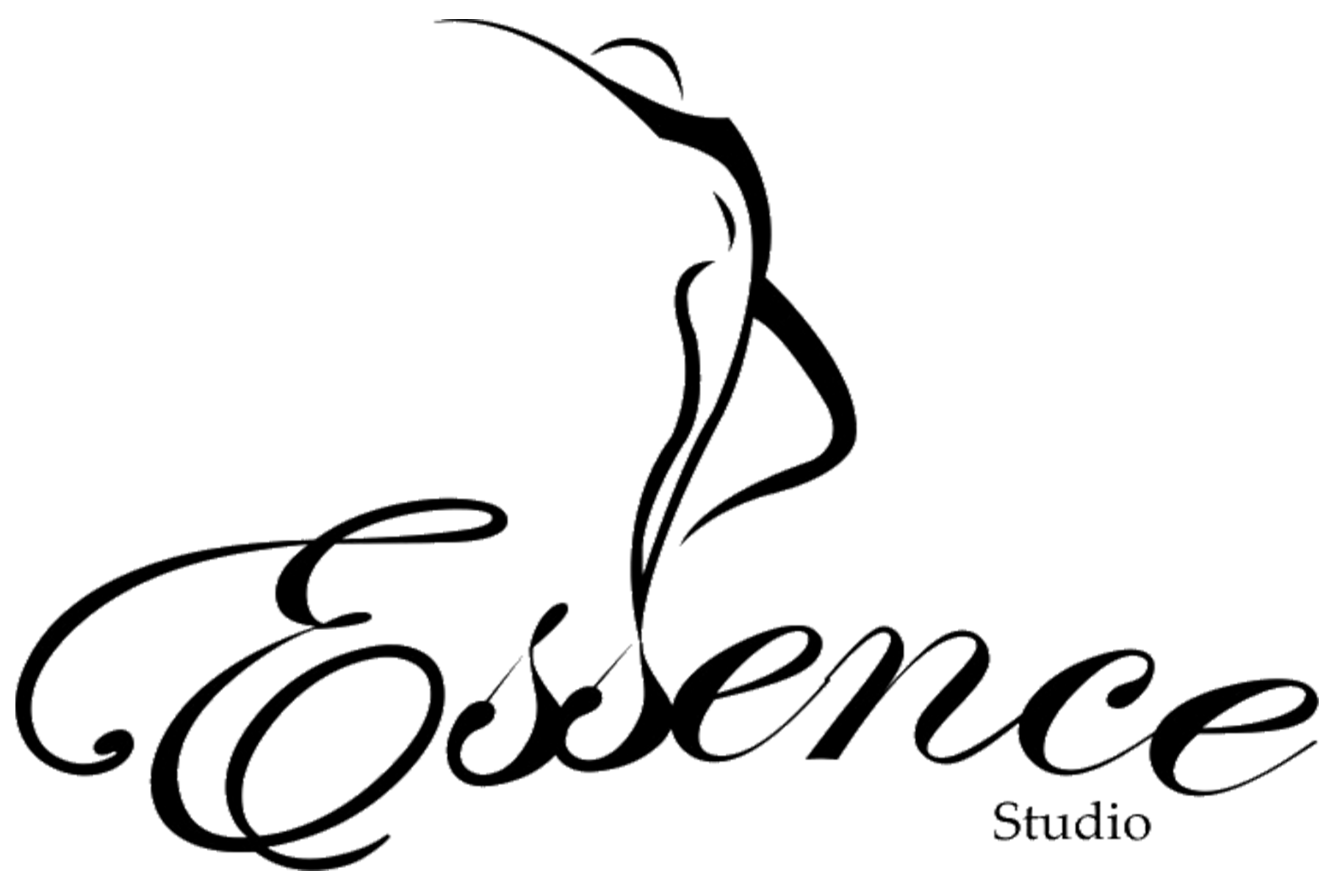
POSE TYPE
Standing
POSE CATEGORY
Lateral Bend
Setup and Key Actions
Stand with your feet wide apart, facing the long edge of your mat. Keep your right foot parallel to the short edge, or turn it in slightly. Pivot on your right heel so that your left toes point toward the front short edge of your mat. Traditionally, the heel of the front foot is aligned with the arch of the back foot—but you can also walk your left foot a little more to the left for a wider stance and greater stability.
Bend your front knee so that it stacks over your front heel (generally speaking, your knee moving past your ankle is an indicator to widen your stance), and keep it pointing straight ahead (err on the side of moving your knee toward the pinky-toe side of your foot, while keeping the ball of your big toe grounded on the floor). Draw the left side of your belly toward the right side of your belly so that your torso faces the right long edge of your mat, but don’t worry about “squaring” your hips perfectly to the long edge (as that almost certainly won’t happen). If you turn your torso so much that your front knee drops in, you’ve gone too far. Float your arms out to your sides. On an inhale, spin your left palm to face up. Exhale, bringing your right hand to rest on your right thigh or calf (depending on your proportions); and reach your left arm up and over, coming into a side bend.
Press your right thigh back (back against your hand if your right hand is resting on your thigh). Lift the left side of your belly up so that your left frontal hip bone remains level with your right frontal hip bone. Keep your front knee bending (it will tend to straighten as you side bend), aiming to create a 90-degree angle between your front thigh and shin.
Modifications
For more stability, practice with the outer edge of your back foot pressing into a wall.



